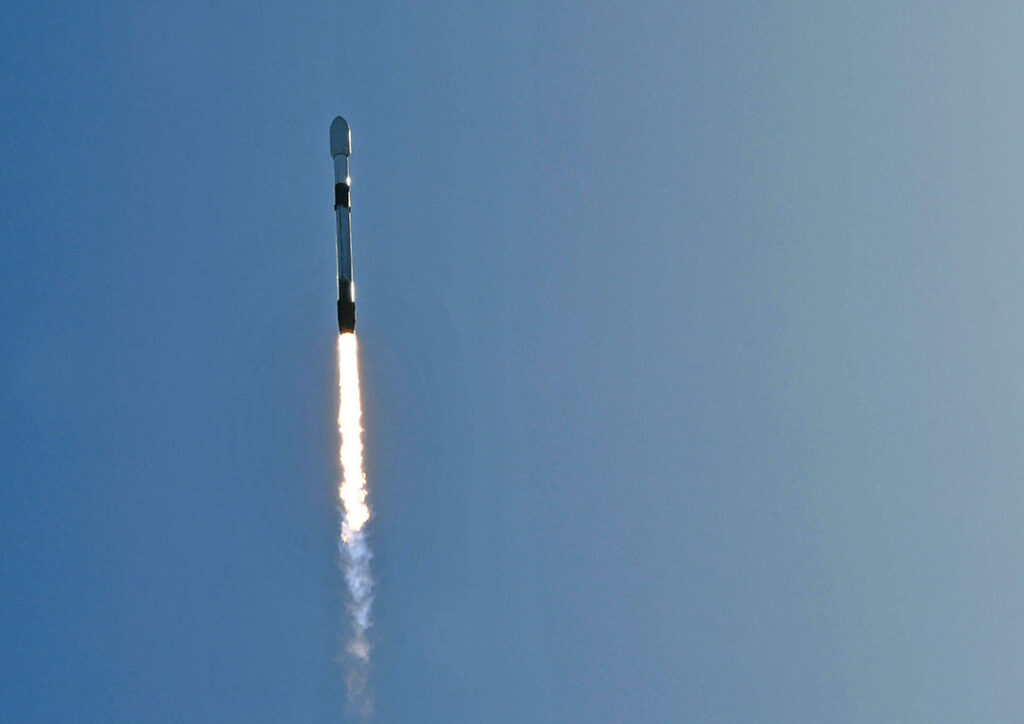Under the banner “Kuwait’s Gate to Space,” the University of Kuwait celebrated launching Kuwait Sat-1, the country’s first satellite. In January 2023, Kuwait Sat-1 was sent into orbit aboard the SpaceX Falcon 9 from the Cape Canaveral Space Force Station in Florida in the United States.
The solar-energy-powered satellite reached its orbit, disengaged from the rocket and spread its wings. A few hours later, Kuwait Sat-1 transmitted its first message to the University of Kuwait.
The satellite will circle the Earth and provide high-resolution images to the university for analysis. They will help marine scientists study changes in the Arabian Gulf, including algae blooms, water discoloration and the impact of oil pollution on marine life.
Kuwait Sat-1 Project Director Dr. Yasir Abdul Raheem said the launch was a dream come true after years of painstaking preparations. “Yes, the work started four years ago but the concept was conceived of 10 years ago to arrive at this point,” he said.
Sponsored by Kuwait Institute for Scientific Research, the $1-million project employs about 67 people in various specialties, many of them women.
The advancement of space science and the attainment of relevant technology in the Arab world began in 1985 with the establishment of the first satellite communications organization in Riyadh, Saudi Arabia.
Known as Arabsat, the organization aimed at delivering satellite-based public and private telecommunications services to 21 Arab member states through continued launching of geostationary satellites.
The United Arab Emirates, on the other hand, has about 13 communications satellites in orbit and sent two spacecraft beyond Earth as part of its investment in space technology. Sources: Al Raya, AlQabas TV, CNN, BBC, Times Aerospace

